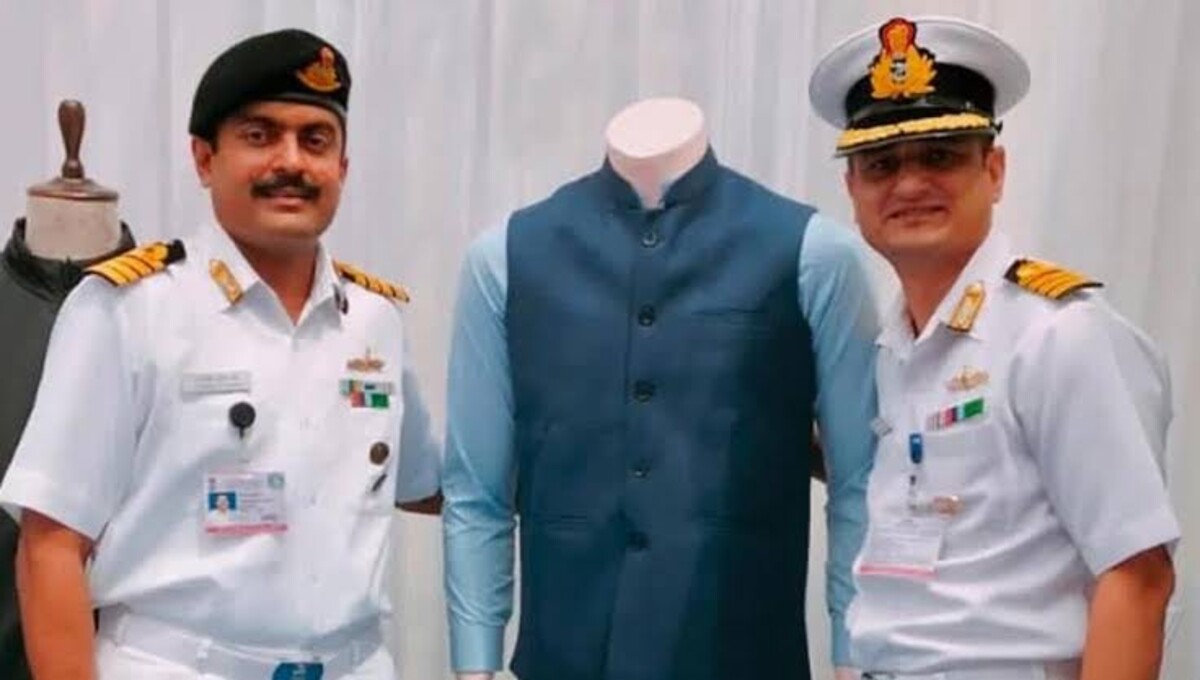Politics
Dress Code change to Kurta-Pyjama Sparks Debate among Navy Veterans

The recent addition of kurta-pyjama to the list of informal dresses in Indian Naval officers’ messes and sailors’ institutes has sparked debate, particularly among Navy veterans. Despite its popularity in South Asia, kurta-pyjama’s introduction has been met with resistance, especially in WhatsApp groups, raising questions about the cultural value chain within the military.
The Navy’s decision to include kurta-pyjama came alongside the introduction of new epaulettes in December, which was framed as part of Prime Minister Modi’s call for “virasat par garv“, pride in our heritage, and shedding “ghulami ki mansikta“, slave mentality.
To understand the resistance to this change, it’s crucial to consider the military’s cultural value chain. Culture is complex, and its manifestations can be seen in various forms, from symbols to values. Symbols, which include attire, represent the superficial aspects of culture and are easily recognized within a community. Heroes, rituals, and values form the deeper layers of culture, influencing codes of conduct and societal norms.
While symbols like attire may seem insignificant, they play a crucial role in cultural identity. The introduction of kurta-pyjama by the Navy represents a symbolic shift, yet it has been met with skepticism by many veterans, who are seen as custodians of tradition.
This reaction highlights the tension between tradition and modernization within the military. While change is inevitable, it must be balanced with respect for tradition and heritage. The debate over kurta-pyjama reflects a broader discussion within the military about identity, values, and the preservation of cultural heritage.


